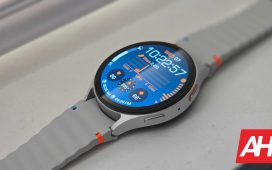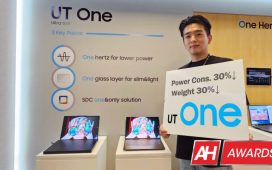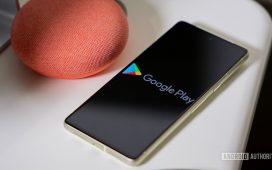I love foldable phones — flip phones, specifically. There’s something about the mix of nostalgia and portability that’s always made it so easy for me to go back to something like the Galaxy Z Flip whenever I’m between reviews. However, recommending a specific flip phone to someone curious about the form factor has always been tougher. It’s so easy to get caught up in the less flexible cameras, relatively small batteries, and somewhat limited durability that you’re never sure whether someone should really buy a flip phone.
But, if I know anything about Android fans, I know we’re stubborn. If we set our minds to trying something new, that’s probably what we’ll do. So, if you’re determined to dip a toe into the foldable phone segment for the first time, I’d recommend you do so with the Motorola Razr (2025), and here’s why.
Hello UX is easy and approachable
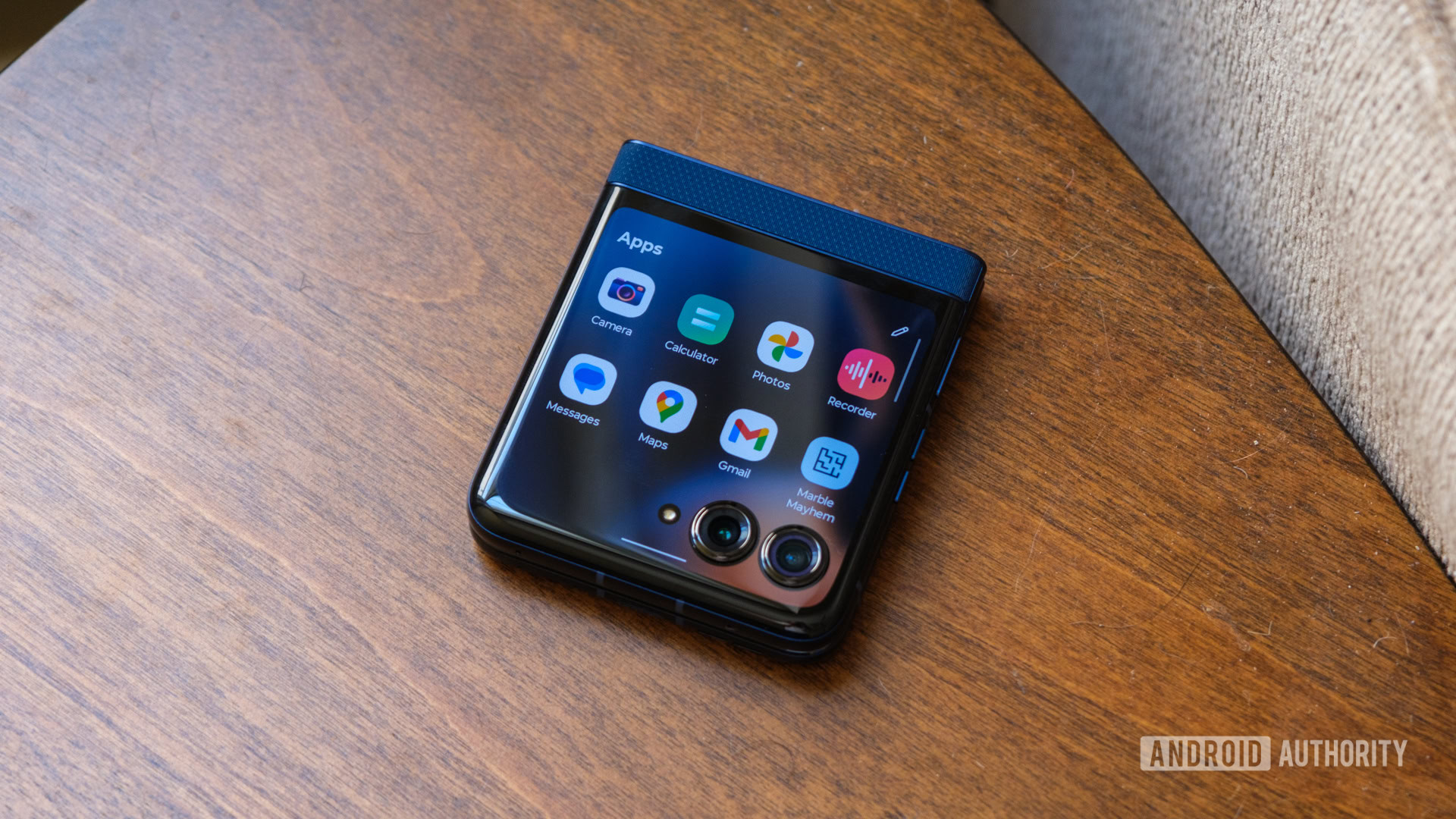
Ryan Haines / Android Authority
Although most people might think adjusting to life with two displays in your pocket is the hardest part of picking up a foldable phone, I’m here to disagree — well, kind of. Rather than worrying about keeping two displays safe from harm, I think the hardest part is learning to use both displays independently, especially on a flip phone. Sure, you can get away with making the outside of a book-style foldable feel like half of the internal display, but the cover screen on a flip phone will always feel different, and that’s where Motorola’s advantage lies.
I’ve been vocal about not liking Samsung’s recent Flex Window experiences. I haven’t been impressed by the continued reliance on Good Lock to add basic features like an app drawer, and its widgets, though polished, don’t always feel like suitable replacements. There’s also the odd shape of the Flex Window itself that you have to contend with, watching the few apps that do work take on wonky layouts because they can’t stretch down around the cameras.
With the Razr (2025), almost all those struggles fall to the wayside. Is Motorola’s alternative perfect? No, I still run into the occasional hiccup when the camera cutouts cover part of the app I’m using, but I still feel like it’s much easier to pick up Hello UX and tweak it to a point where I’m happy. I don’t have to jump through hoops to add an app drawer — I can add up to three panels for either apps or widgets within the native interface. Motorola also makes it much easier to waste time with games on its cover screen because if there’s anything I want, it’s obviously the ability to practice flicking penalty kicks while I’m in line at Whole Foods.
Perhaps what I mean is that I’m glad Motorola hasn’t overthought its cover screen experience. Rather than looking for perfection, it’s open to letting users experiment with which apps they’ll need every day. Yes, Google Maps might hide part of your ETA or remaining mileage because the cameras are in the way, but you can set it up and use it right out of the box, then swap over to Instagram or TikTok without needing a second app drawer — a claim the Galaxy Z Flip 6 can’t make.
Motorola’s rear cameras are all you really need
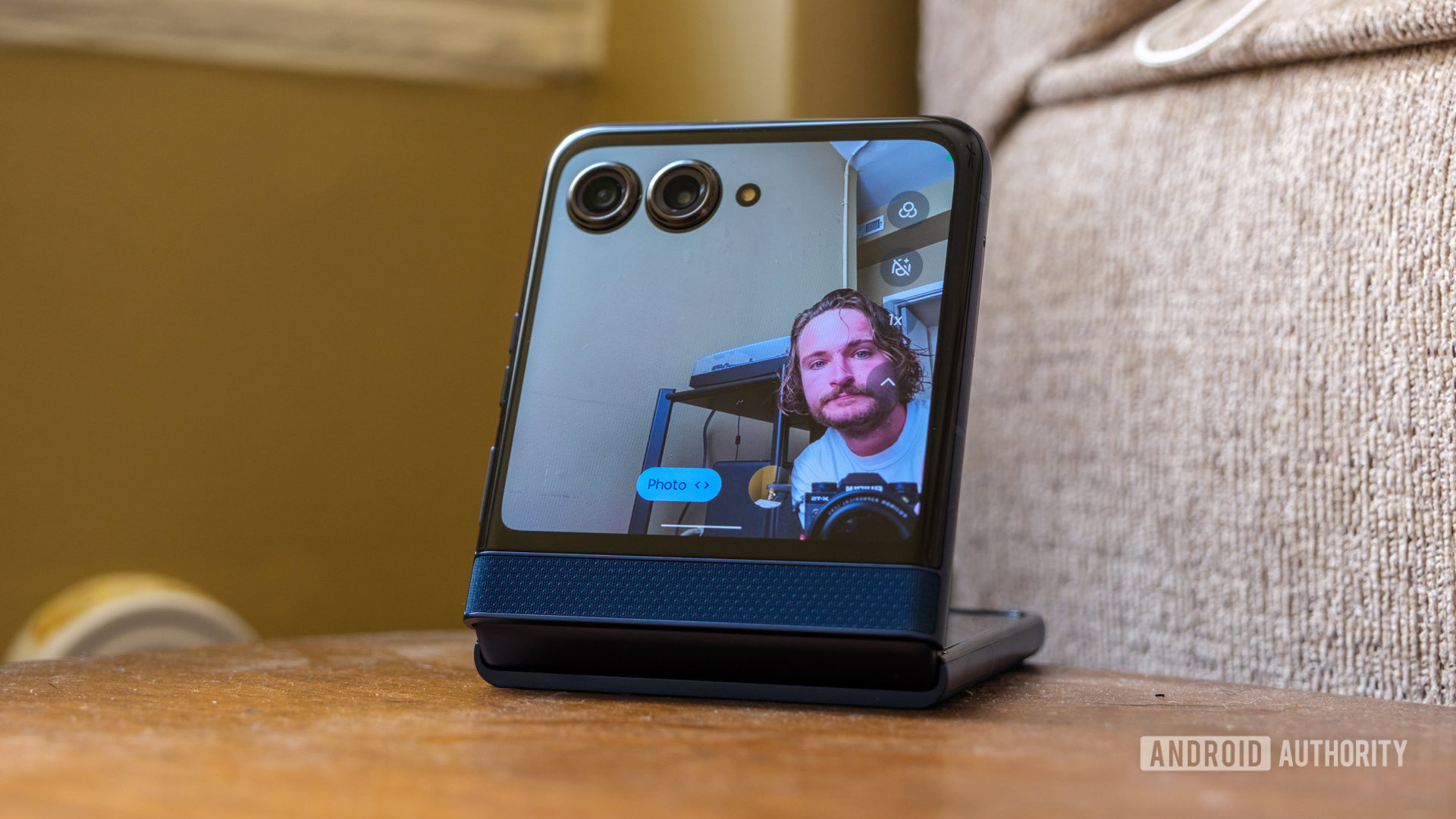
Ryan Haines / Android Authority
If you read a few of my previous Razr reviews, you might remember that I wasn’t always sold on Motorola’s camera pairing. For a while, I thought the flagship flip phone would be better served by pairing its primary camera with a telephoto sensor, putting a little more zoom into the palm of my hand. Then, Motorola did just that when it refreshed the 2024 Razr Plus, and I almost immediately knew I was wrong. I didn’t like the experience of using the phone while closed nearly as much as I thought I would, because it didn’t let me punch past 2x zoom.
The wide and ultrawide pairing is perfect for a flip phone, despite what I thought I’d like better.
So, now that I’m back on the base Razr (2025) with a wide and ultrawide pairing, I’m comfortable admitting that the grass isn’t always greener. When used on a flip phone, I now have to say that this is just the right setup and that Motorola’s megapixel count feels right. Its 50MP primary sensor, which bins down to 12.5MP by default, is perfectly comfortable in most lighting scenarios, while the 13MP ultrawide backup works perfectly as a go-to selfie shooter with the phone closed. Yes, you get a similar pairing on the back of Samsung’s Galaxy Z Flip 6 (with a 12MP ultrawide instead of 13MP), but that phone will set you back an additional $400, and the difference in quality isn’t nearly that high.
To see what I mean, here are just a few samples from my time with the Motorola Razr (2025).
So far, I’ve been pretty happy with the results from 0.6x to about 4x zoom on Motorola’s base flip phone. The new wrinkle this year is that its cameras are Pantone-validated, a color treatment that Motorola first showed off on the Edge 50 Pro and Ultra in 2024. Essentially, it means that you’ll sometimes see a Pantone logo pop up in the corner of your camera interface, as well as a brighter, more vibrant color profile replacing Motorola’s typically natural look. It’s occasionally punchy enough to give Samsung’s reds and greens a run for their money, but you can also switch to Google’s enhanced color profile if you want a slightly different look. As usual, though, I like how the Razr handles selfies from its primary camera, even if the default square aspect ratio throws me off just a bit.
I’ve also yet to figure out what color tricks the Razr (2025) applies to its ultrawide shots, as many of my images have a glow surrounding the subjects. It’s less noticeable in indoor photos, but I can’t say that I love how the sky glows when surrounding the Living Classroom in Baltimore’s Harbor East neighborhood, only to get very dark once you move higher up the background. I hope a future software update tones that down just a bit, but I can’t say for sure.
Samsung has its advantages, but I’m not sure they outweigh the Razr’s value
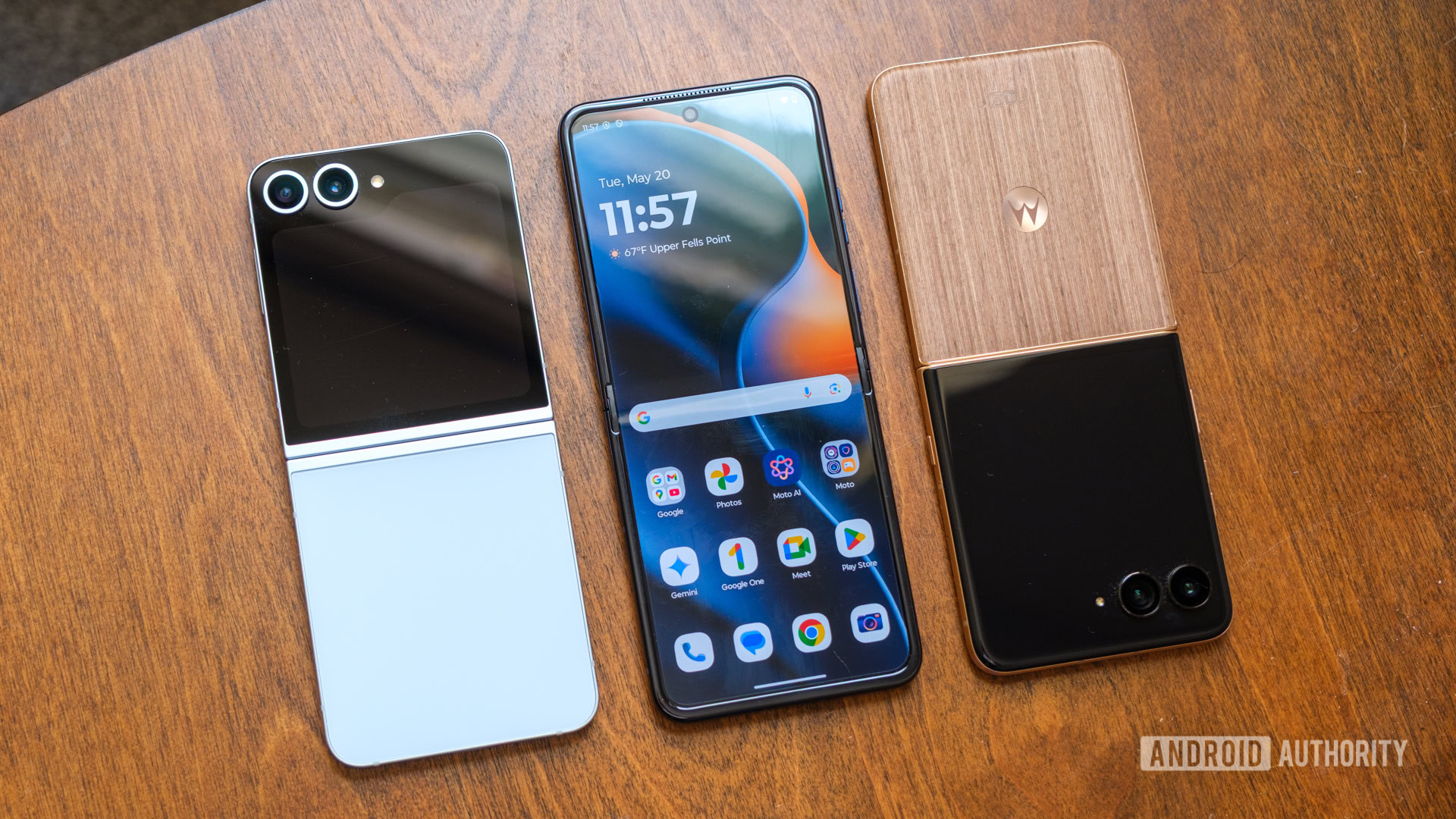
Ryan Haines / Android Authority
Of course, for all of the things that I like about Motorola’s latest Razr, I can’t act like it beats the Galaxy Z Flip 6 from top to bottom. I have to give the Galaxy Z Flip 6 the edge in terms of raw performance thanks to its Snapdragon 8 Gen 3 for Galaxy, which stays comfortably ahead of the Razr’s Dimensity 7400X. Samsung’s Galaxy AI features have had more time to mature than the new crop of Moto AI options, too, but there’s still a good bit of overlap between the two. If anything, Samsung’s excellent commitment to software updates is the biggest feather in its cap, but even then, I’m not entirely sure it’s worth an extra $400.
This brings me to my point: The Samsung Galaxy Z Flip 6 is an excellent flip phone. It’s reliable, good for productivity, and will continue to receive support into the next decade. However, if you’re brand new to the world of foldable phones, you might not be ready to tether yourself to one very expensive device for that long. If you’re spending more than $1,000 on your next phone, it’s perfectly reasonable to want something with a bigger battery, faster wired charging, and a form factor that will stand the test of time. Maybe that’s the Galaxy Z Flip 6, maybe it’s not.
Samsung’s Galaxy Z Flip 6 might have more power and updates, but the Razr (2025) packs fun, simplicity, and value.
However, with the Motorola Razr (2025), the stakes don’t feel quite as high. You can still get an excellent flip phone with a solid IP48 rating, two reliable cameras, and a straightforward cover screen experience, but you don’t have to drop a grand to get it. In fact, you can save yourself a full $400 while getting faster wired charging, double the base storage, and a shallower, less visible crease across the center of your 6.9-inch AMOLED panel.
Thanks to the other half of Motorola’s Pantone partnership, you’ll also have more fun colors and textures to choose from. I was immediately drawn in by the nylon-esque texture of the deep blue Gibraltar Sea finish, while both Spring Bud and Parfait Pink offer a taste of vegan leather that feels smooth and soft in the hand. There’s even an almost-white finish called Lightest Sky, a lightly textured acetate for the fans of neutral-colored phones. No matter which way you go, Motorola’s finishes are more fun than Samsung’s flat panels of colored glass, and you can’t change my mind about that.

